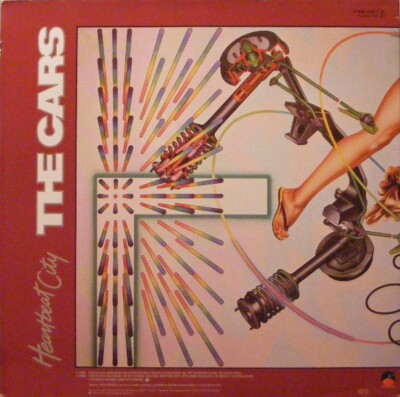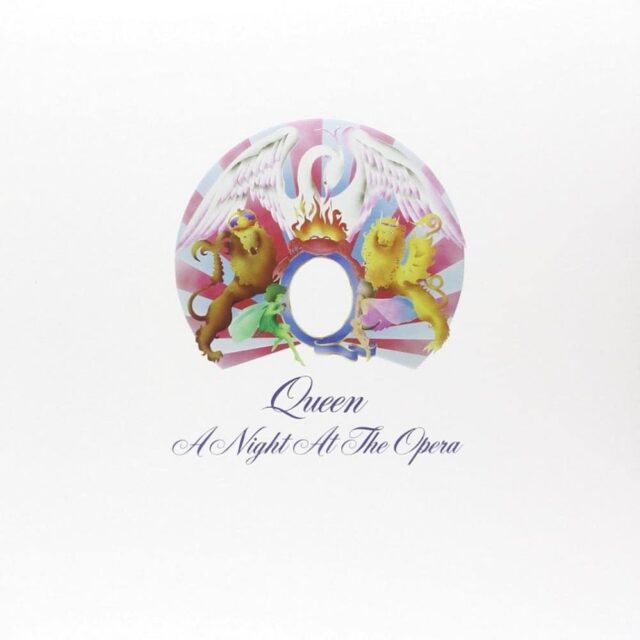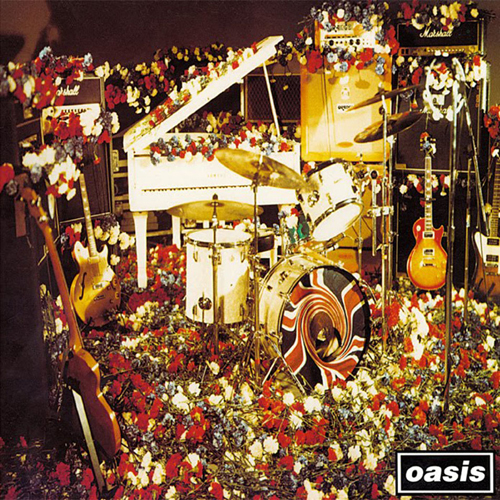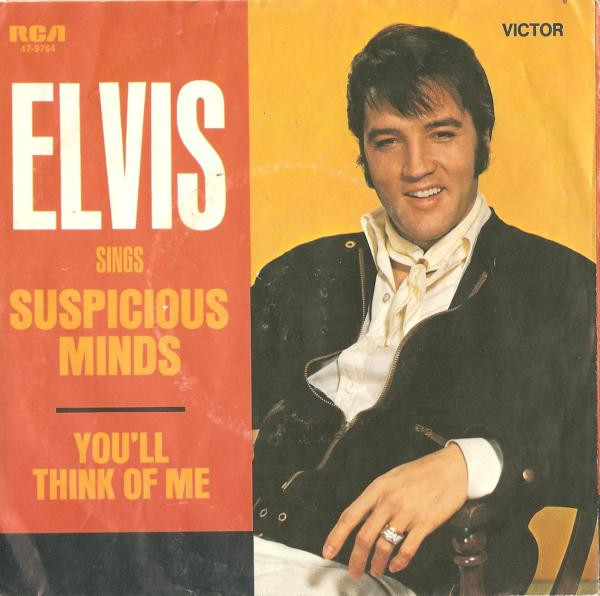Boston-based WBCN-FM disc jockey Maxanne Sartori first met Ric Ocasek in early 1976 when he played in a band called Cap’n Swing.
“I met Ric that spring at a concert he played on Boston’s Newbury Street and we started hanging out. We tooled around in his VW Beetle and went to hear bands at Boston’s Rathskeller,” said Sartori. “That fall, after Cap’n Swing played Max’s Kansas City in New York, I suggested that Ric shift Ben Orr from singing lead vocal to playing bass and sharing lead vocals with Ric. I also suggested that Ric hire drummer David Robinson, who had more of a pop feel.”
By mid-1976, Benjamin Orr, Elliot Easton, Greg Hawkes, and David Robinson and Ocasek came together to form The Cars.
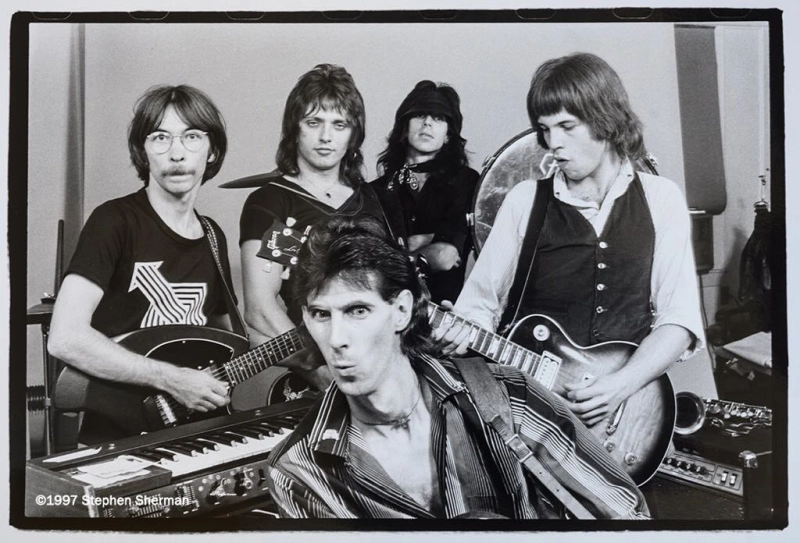
“We came up with lists of names. On my list was ‘The Cars.’ It was easy to remember and it wasn’t pegged to a specific decade or sound. The name was meaningless and conjured up nothing, which was perfect,” recalled Robinson. “Ric liked the name… It also was easy to spell and impossible to forget. Funny thing is I didn’t even own a car at the time.”
The band played its first gig as the Cars in December 1976 and recorded a demo tape in February 1977 at Northern Studios in Maynard, Massachusetts. “We made a copy of the demo and I gave the reel to Maxanne at WBCN. She played our demos of “Just What I Needed” and “My Best Friend’s Girl” a lot on the air,” said Ocasek.
“The new band had a punchier, more cohesive sound. I began playing the demos of “Just What I Needed” and “My Best Friend’s Girl” in March during my weekday slot, from 2 to 6 p.m. Calls poured in with positive comments. The Cars’ sound was fresh,” stated Sartori.
“Like all FM DJs, Maxanne had to keep an official log of songs played on the air. Those logs made it into trade publications, where the source for our demo songs was listed as ‘tape,'” said Ocasek.
The Cars were unsigned, and “Just What I Needed” drove interest from record executives at several labels. The band signed with Elektra Records. “We signed with Elektra. Every artist I loved was on Elektra—the Doors, Jackson Browne, the Incredible String Band and so many others,” recalled Ocasek.
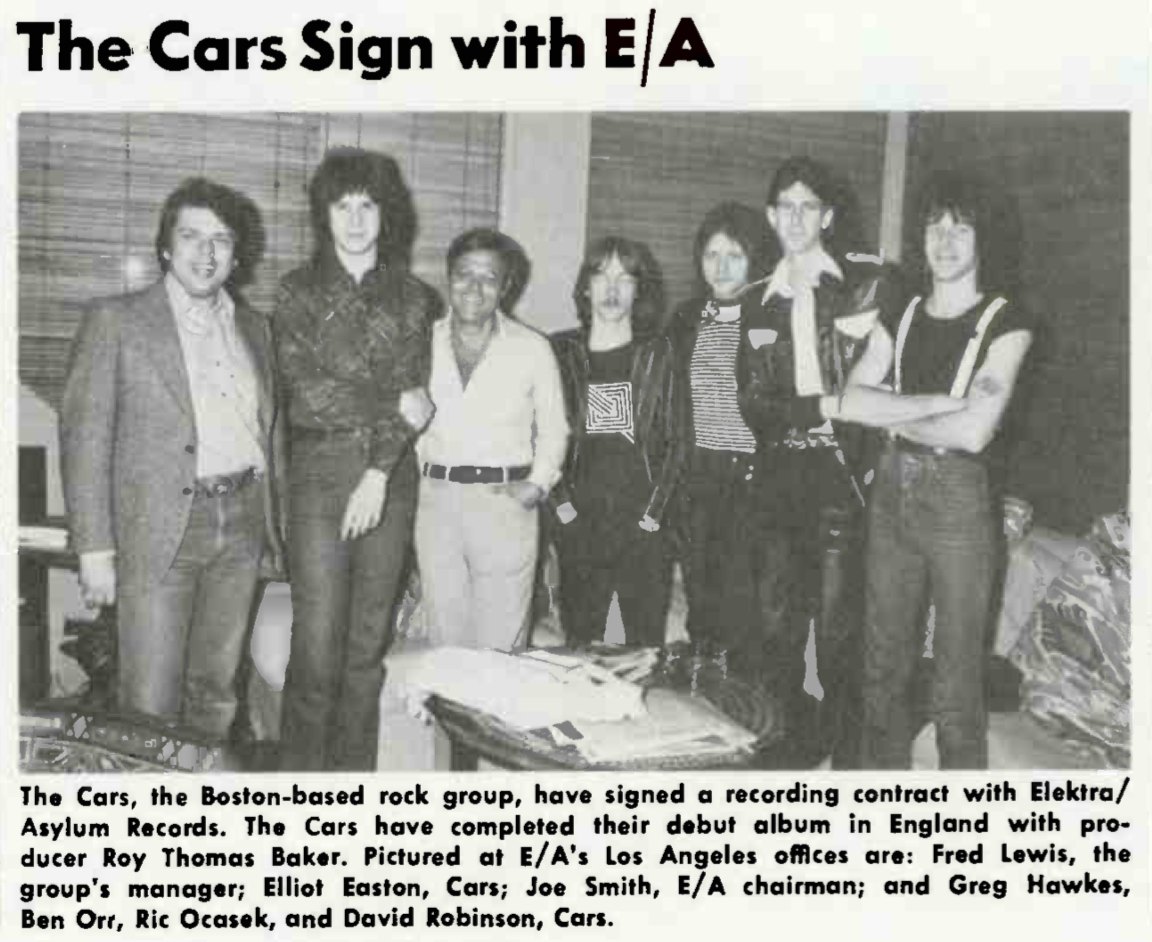
“We toured for much of ’77 to build an audience. Then Elektra paired us with British producer Roy Thomas Baker. He wanted to record our first album at George Martin’s AIR Studios in London,” said Ocasek. “We were thrilled. I had never been on a plane before. Everything about London was magical and cool. We recorded ‘The Cars’ album in 12 days in February 1978.”
“We only recorded for 12 days. The first album was very short, and I think the whole album was mixed in, well, we started on February 2nd and we were done on February 14th,” said Ocasek.
Roy Thomas Baker was responsible for producing Queen’s first five albums, including “A Night at the Opera,” which featured “Bohemian Rhapsody.”
Their debut single, “Just What I Needed,” was released on Monday, May 29, 1978, about a week before their self-titled debut album came out on Tuesday, June 6, 1978.
The Cars accelerated to become one of the defining new wave bands in the early 1980s and released three more albums over the next few years, including “Shake It Up.”
In 1983, for its fifth album, The Cars reached out to producer Robert John “Mutt” Lange to drive the band in a new direction. Lange was known for his work with bands like AC/DC and Def Leppard.
“I thought that the combination of the sound he gets and what we do would mingle pretty nicely,” Ocasek said. “Mutt’s never done a band like us; he’s done a lot of heavy metal. But I thought the two could mix.”
“I always wanted our songs to pop and kick,” recalled Ocasek.
“We were just looking for his sonic touch to give us a great-sounding record,” said Easton.
Recording sessions happened between July 1983 and January 1984, primarily at Battery Studios in London, England. The sessions created the album Heartbeat City, which was entirely written by Ocasek. The lead single “You Might Think” was released with an accompanying music video on Monday, February 27, 1984, just over two weeks before the release of the album on Tuesday, March 12, 1984.
“I think the most important thing is your imagination. When you hear a song, and I think when you hear it on the radio or on your own record, you imagine what that song means to you, and when you do a video you get locked into a visual idea of how it’s interpreted, and I think that’s very dangerous,” said Ocasek.
“We shot that video for a week, you know, it took a week of shooting and it took two weeks of editing, so it was actually a whole three-week project, which is long for a three-minute song. It’s like a week per minute, so, uh, but everybody got so excited about it as we started to make it that it just kept going on and on, and we just, uh, the company that did special effects, Charlex in New York, uh, they had never done that before and they just got real involved in their own equipment, really, and, and so, you know, therefore it came out very special,” said Ric Ocasek.
On September 14, 1984, at Radio City Music Hall in New York City, The Cars won the Video of the Year award for “You Might Think” at the first MTV Video Music Awards, making it the inaugural winner of what would become MTV’s most prestigious video award. The video beat out notable nominees including Michael Jackson’s “Thriller,” Herbie Hancock’s “Rockit,” Cyndi Lauper’s “Girls Just Want to Have Fun,” and The Police’s “Every Breath You Take.”
The video had a budget of around $80,000 (USD) and set a new standard for music video innovation with its early use of computer-generated imagery (CGI). Throughout the video, Ocasek’s head was superimposed on various objects, including a car, a fly, and lipstick, alongside model Susan Gallagher.
Lyrically: You Might Think by The Cars
“Most of my songs are written about those kinds of things, you know, relationships between people rather than politics or whatever,” said Ocasek.
Lyrically, “You Might Think” explores themes of infatuation, to the point where the behaviour might be perceived as irrational or even “crazy.” The lyrics describe someone who is infatuated with another person until the feelings are mutual.
Oh well, uh, you might think I’m crazy
To hang around with you
Or maybe you think I’m lucky
To have somethin’ to do
The casual, conversational tone of the opening lyrics of “You Might Think” reveals an established relationship between two people. One person addresses someone directly, making assumptions that they may seem “crazy” for hanging around with them while simultaneously feeling “lucky” to have the other person’s attention.
But I think that you’re wild
Inside me is some child
The confessions come out early in the song, instantly relatable. These lyrics highlight an admiration for the unpredictability that comes from this person. There’s a sense of youthful, childlike affection when they are together, or when thoughts of this person arrive.
You might think I’m foolish
Or maybe it’s untrue
(You might think) You might think I’m crazy
(All I want) All I want is you
After being foolish and crazy comes the truth of the relationship: wholeness is what this person wants. By declaring “all I want is you,” they remove any doubt about their intentions.
You might think it’s hysterical
But I know when you’re weak
You think you’re in the movies
And everything’s so deep
These lyrics suggest that even if the other person laughs him off or doesn’t take him seriously, he sees beyond the surface while poking fun at their theatrical view of life. The message is clear: I know you, I see through the dramatics, and I’m still drawn to you.
But I think that you’re wild
When you flash that fragile smile
There are contradictions that make this person so magnetic. Opposites are at play, wild and fragile, strength and vulnerability, which make them real and irresistible.
You might think it’s foolishWhat you put me through(You might think) You might think I’m crazy(All I want) All I want is you
These lyrics highlight the push-and-pull of attraction. There’s an acknowledgment of difficulty (“what you put me through”), yet despite the frustration, his desire remains strong.
And it was hard, so hard to take (So hard to take)There’s no escape (There’s no escape)Without a scrape (Without a scrape)But you kept it going, till the sun fell downYou kept it, going
These lyrics capture the exhausting reality of the relationship, one that is frustrating, challenging, with no way out that doesn’t leave a mark. Yet despite the pain, the other person keeps drawing him back in, day after day.
Oh well uh, you might think I’m deliriousThe way I run you downBut somewhere, sometimesWhen you’re curiousI’ll be back around
The person casually pursues in playful manner but doesn’t force things, trusting the other person will come back on their own.
Oh, I think that you’re wildAnd so uniquely styled
The “uniquely styled” highlights individuality and personal expression, a refusal to be a copy of anyone else that draws him in.
You might think it’s foolishThis chancy rendezvous(You might think I’m crazy) You might think I’m crazy(All I want is you) All I want is you, ah-ooAll I want is you (All I want is you)All I want is you
The final lyrics uncover that through all the unpredictable and risky chance encounters, the desire remains unwavering. The repetitive of “All I want is you” is absolute.
“I think a lot of the songs will grow up, a lot of them, if you know, on repeated listening. It’s like all of a sudden circus in your mind, which I think is good because I don’t think you should be able to get it immediately. Cuz I think that the quicker you get it, the quicker it goes away. Actually, slower, the longer it takes to get it, the longer it lasts,” stated Ocasek.
With “You Might Think” and later with “Drive,” The Cars pulled ahead as one of the defining new wave bands of the 1980s, performing memorable shows, including their set at Live Aid that was seen by nearly 2 billion people worldwide. The band’s impact was further honoured by their induction into the Rock and Roll Hall of Fame in 2018.

